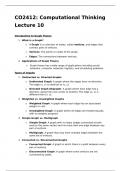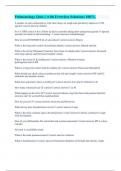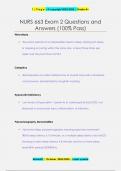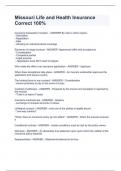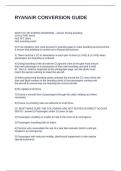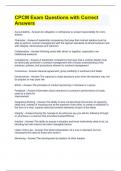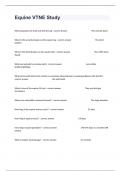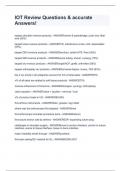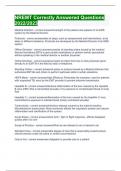Class notes
CO2412 Computational Thinking Lecture 10 Notes
- Course
- Institution
This document contains comprehensive notes from Lecture 10 of the CO2412 course on Computational Thinking. The lecture introduces the foundational concepts of Graph Theory, a crucial area in computer science for modeling and solving complex problems involving networks of connected objects.
[Show more]
